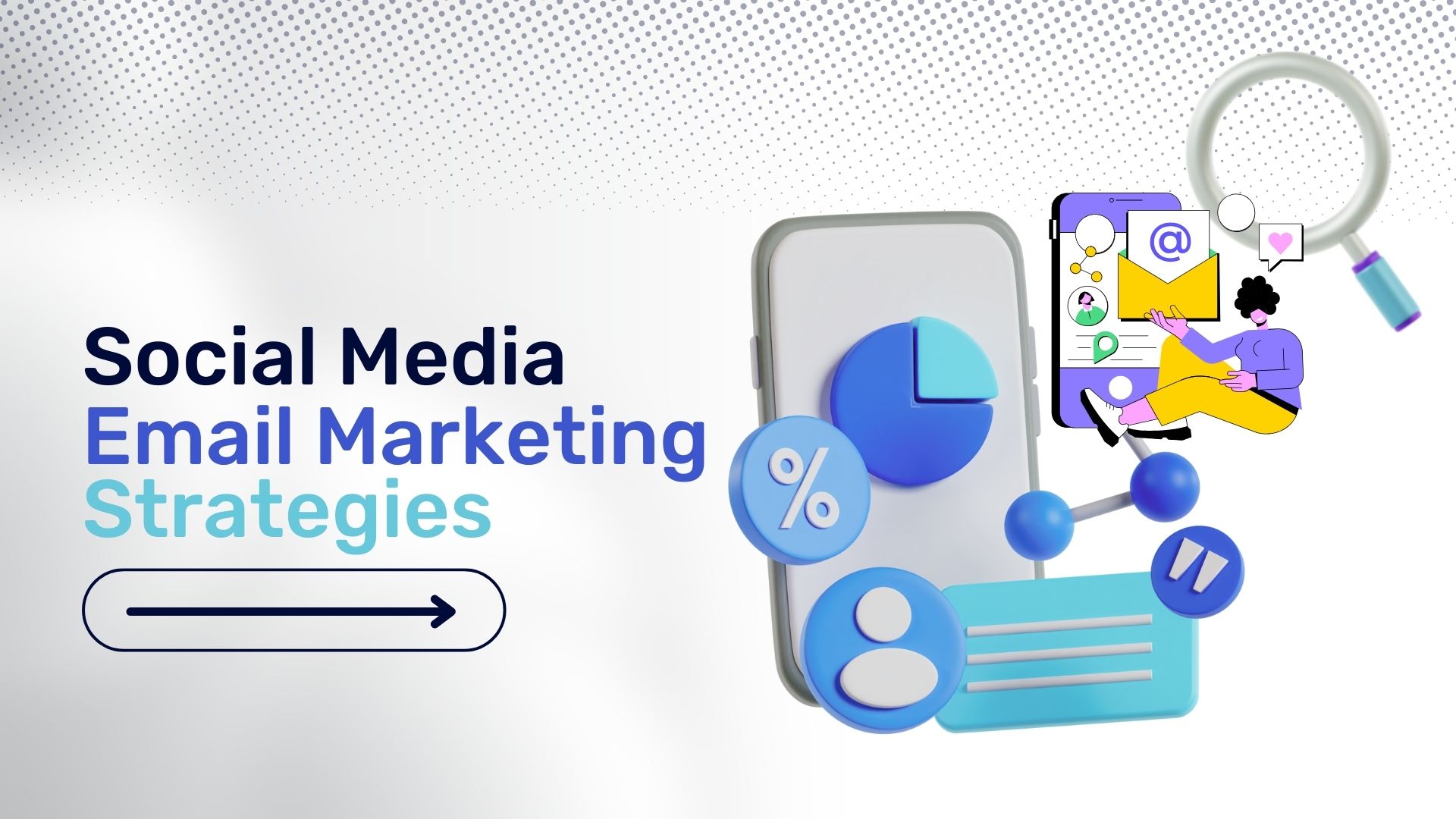What Will UI of the Future Look Like?
By Andrii Glushko, SoftServe
How many times have you caught yourself thinking that, although you’ve gotten used to the keyboard, computer mouse/trackpad and touchscreens, it still feels unnatural to interact with modern digital devices? We may not even think about how we use digital devices, but they can feel detached from the real physical world. Already, we often prefer using voice control/input or having smart activity trackers as an alternative to manually entering information.
Data input changes over the years provide a good indicator of hardware and software trends. The first iPhone with an almost fully touch interface in 2007 completely changed the way we now interact with handheld devices. The wearables boom that started a couple of years ago triggered a new wave of different devices from all over the world. A major wave of invisible natural interfaces is starting to acquire inertia.
Invisible Interfaces
A number of interesting innovative concepts and devices were introduced by Google ATAP at this year’s Google I/O. One of them was Project Jacquard, which makes technology invisible. It’s one of the most elegant and promising concepts so far, because it’s not meant to look and feel like technology to which we've become accustomed. It’s not another black rectangle that will try to gain more functionalities, but more of a platform that dissolves in the real world and becomes a ground for a variety of possible solutions.
Jacquard's value description is explained well by Paul Dillinger, the head of global product innovation from Levi’s, who did a speech at the Google I/O 2015. He said: “We live in a beautiful, richly textured real world, but at an ever increasing need for engagement with the digital world. And these worlds exist with a certain tension. If there’s a chance to enable the clothes that we already love to help us facilitate access to the best and most necessary of this digital world, while maintaining eye contact with the person we’re eating dinner with, this is a real value.“
Another recent Google invention is a radar type of interaction sensor called Soli. It’s tiny and powerful, which is a perfect combination for using it in wearable devices as well as for practically any kind of object that surrounds us. This way we can create a responsive environment that will be able to understand our motions. If we look at the tech “Lego bricks” like Intel’s Edison or even Raspberry Pi, it becomes clear how easy it will be to make things smarter in the nearest future.
There’s a direction of incorporating technology into physical objects that we use every day and making it invisible. There’s also a movement to augmenting our reality with additional information and using good old “heads up” displays, motion controls and voice commands to interact with it. Microsoft HoloLens, Google Glass and Digital IKEA table concepts serve as good examples.
Body Extensions
Some people not only think about making smart things; they try to use their brains as a system and create a capability to input information in a creative way. For example, since Neil Harbisson cannot see colors, he found a way to hear them. More and more people are willing to experiment with technology and make it either an extension of their body, like Imogen Heap’s music gloves, or entirely invisible. My colleague, our expert on health care information technology innovation at SoftServe, Eugene Borukhovich, has a chip in his hand that stores valuable health-related information about his meds and allergies.
But those are relatively extreme cases. The things that surround us in our life are becoming far more connected and inventive in terms of control and data input. A lot of them (e.g. all activity trackers, some cars, smart water bottles, et al) gather information even without our involvement. And such concepts as a home control device called Cube that uses untypical ways of home automation, can help people interact with real physical devices more, feel their texture and physical response.
It can get us a bit closer to the real world, real people, real conversation, and interaction. The systems can learn about our preferences and habit patterns to serve us even better and make technology truly invisible.
Future of Interfaces
The most exciting way of interaction that a lot of people dream of will be systems getting information sent directly from the human brain. Devices like Emotiv offer huge potential for the future, when they will be a lot smaller and far more efficient.
The bottom line is that technology evolves faster and faster. Interfaces of tomorrow will be dramatically different from the ones that we use today, and I believe it's good news for all of us.
Andrii Glushko is a UX designer at SoftServe, Inc, a global leader in software and application development. He works with clients to ensure optimal user experience for desktop, tablet and mobile applications by creating high quality user interfaces. He defines effective information architecture, conducts usability assessments and heuristic evaluations, and applies best practices/guidelines for each platform. Check out more of his writings on the SoftServe United blog.

Sean Michael is a writer who focuses on innovation and how science and technology intersect with industry, technology Wordpress, VMware Salesforce, And Application tech. TechCrunch Europas shortlisted her for the best tech journalist award. She enjoys finding stories that open people's eyes. She graduated from the University of California.

